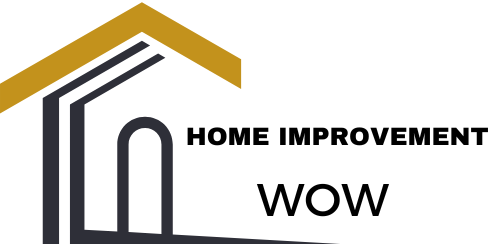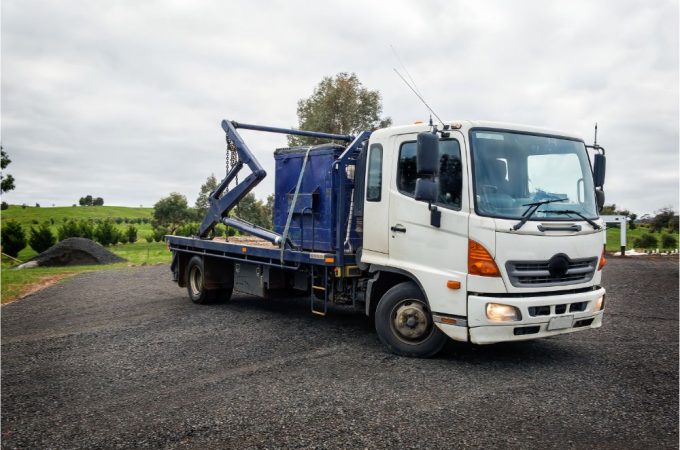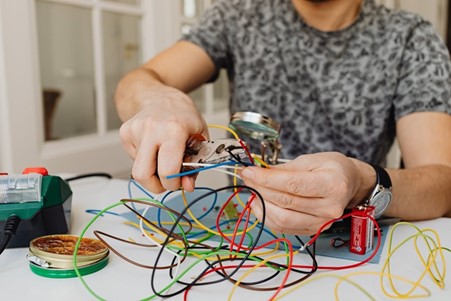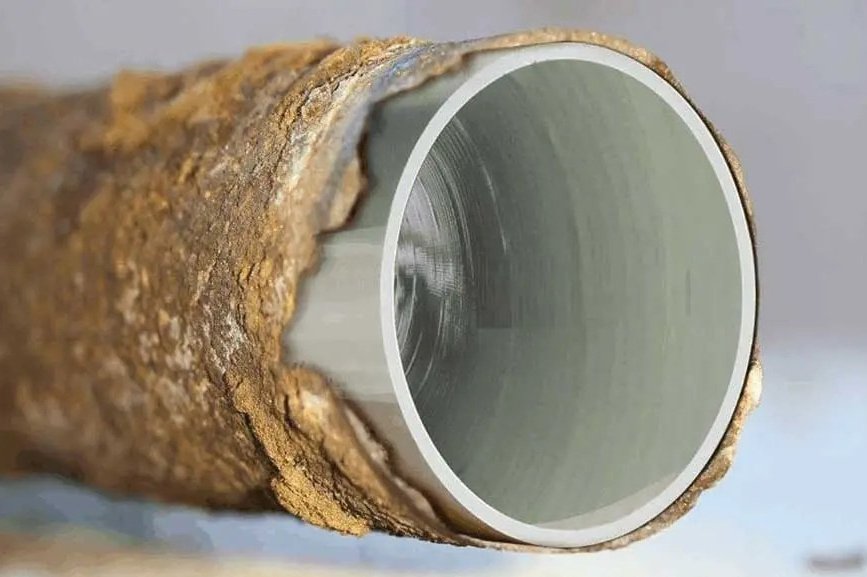
Drain Relining A Cost-Effective Solution for Preventing Pipe Leaks and Breaks
Is there a recurring leakage in your drainage system no matter how many times you have repaired it? Are you sick and tired of the constant mess and chaos coming from broken pipes? Have you ever wondered if there’s a more permanent, reliable solution to these plumbing woes without having to spend a fortune? If so, let me introduce you to the world of Drain Relining. This remedial procedure offers a cutting-edge approach to mend your worn-out pipelines, saving you from frequent and costly pipe replacements. In this post, we will dive deep into the nitty-gritty of Drain Relining, its pros and cons, and why it might be the most economical home improvement strategy you’re missing out on.
Understanding the Concept of Drain Relining
Drain relining, also known as cured-in-place pipe lining (CIPP), is a modern process of rehabilitating pipes by creating a new pipe within an existing one. A flexible liner is saturated with resins and inserted into the damaged pipeline. Once in place, it is inflated and allowed to harden, essentially forming a “pipe within a pipe”. This not only bridges any cracks or breaks but also improves water flow and extends the life of the pipe. This method has been gaining traction due to its effectiveness, cost-efficiency, and minimal intrusive nature compared to traditional plumbing repair methods.
Why Should You Opt for Drain Relining?
With conventional pipe repairs, significant excavation is required, potentially damaging your beautiful garden or landscape. Drain relining removes this need for extensive digging, reducing the disruption to your property. Moreover, as this method addresses the root cause of the problem, it reduces the chance of future pipe issues, ultimately saving you time, energy, and money in the long run. However, it’s crucial to make an informed decision, and therefore, you should understand the potential drawbacks of drain relining.
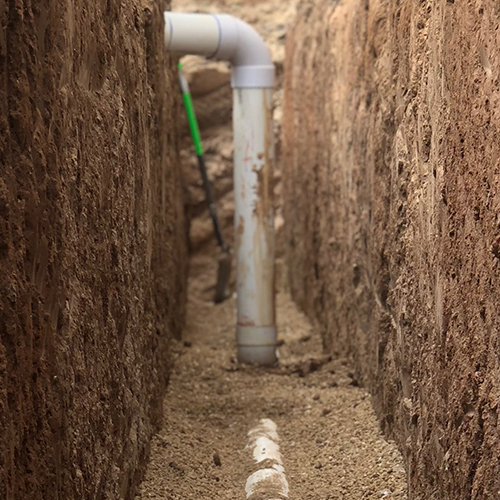
The Pros and Cons of Drain Relining
Drain relining comes with its own set of benefits and drawbacks. On one hand, it is a non-invasive, quick, and versatile method that can be used on a variety of pipes, including those that are difficult to access. Additionally, it increases the longevity of your pipes and reduces frequent maintenance costs. On the flip side, while the upfront cost might be higher than traditional methods, considering long-term benefits, it turns out to be a significant saving. However, drain relining may not be feasible for pipes with severe damage or substantial misalignment.
When is the Right Time to Consider Drain Relining?
There’s no perfect timeline, but if you find yourself constantly battling with leaks and breaks, or if there’s considerable root intrusion or the drain has a slow flow rate, it might be time to consider drain relining. An inspection by a licensed plumber can give you a clearer idea for the need of drain relining.
How to Select a Drain Relining Service Provider?
Finding a highly competent and reliable provider is crucial to ensuring a successful drain relining. Look for companies with ample experience, good customer reviews, fair pricing, and professional certification. Also, it’s essential that they use quality materials and provide warranties for their work.
Conclusion: Is Drain Relining Worth the Investment?
As we’ve explored, drain relining presents a modern, effective, and less disruptive way of managing drainage problems. While there may be some cons, and every situation might not warrant a drain relining, the long-term benefits it offers certainly outweigh these factors. It’s a practical investment that can prove to be cost-effective in the long haul. So, the next time a leaky drain is causing you stress, drain relining might pave the way to a hassle-free life with long term advantages, saving you from the turmoil of excavations and fittings.
